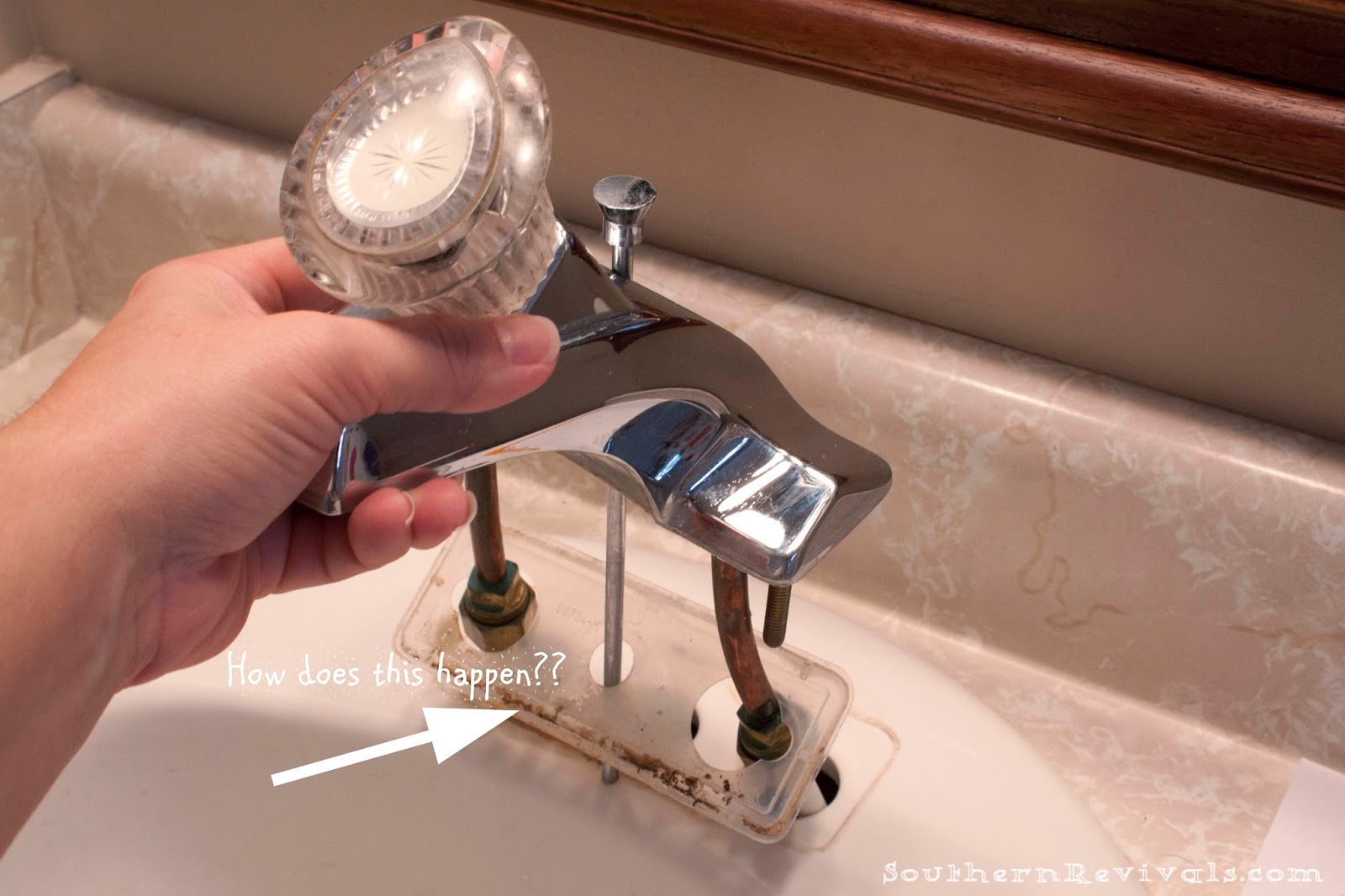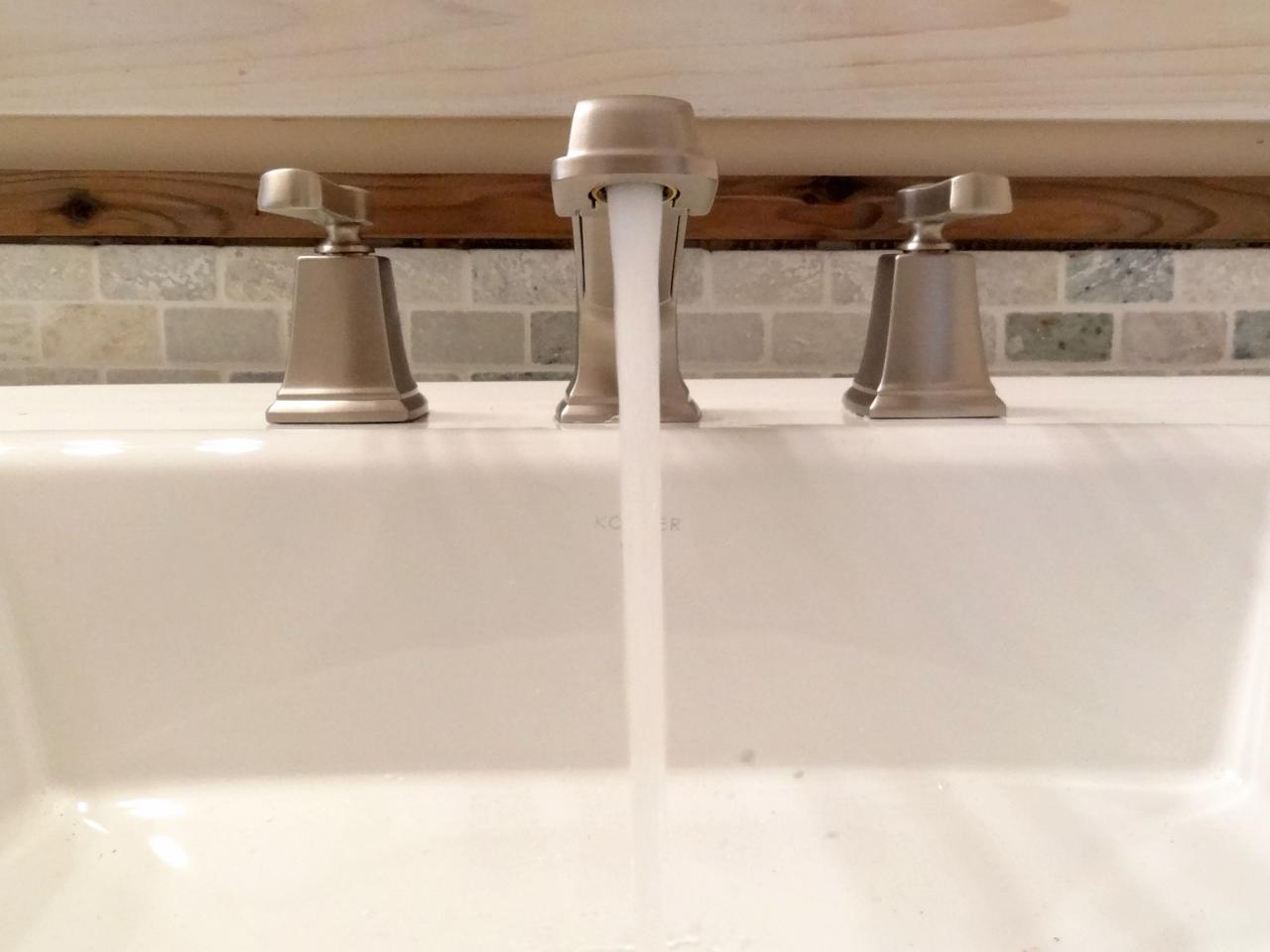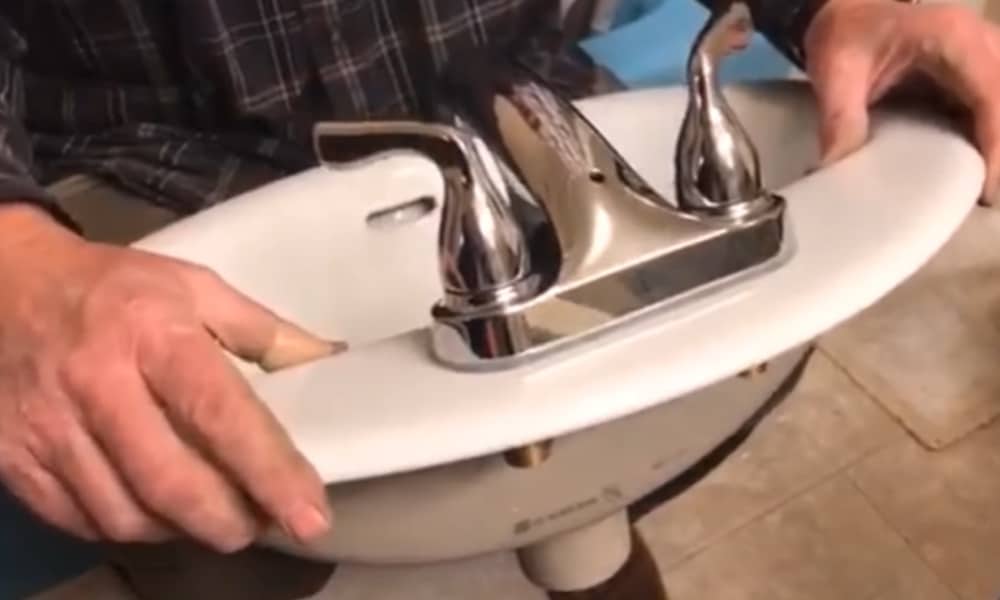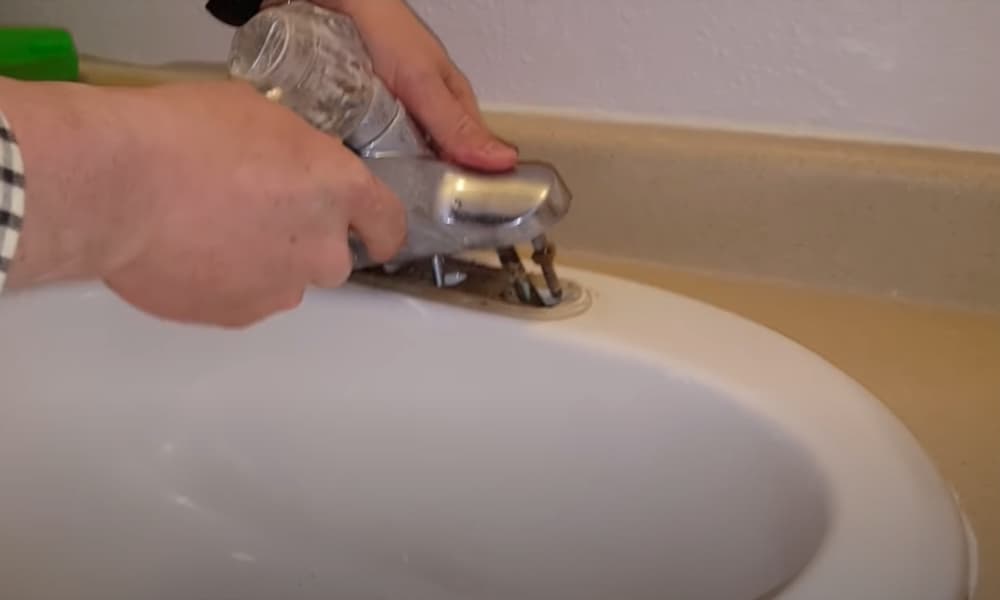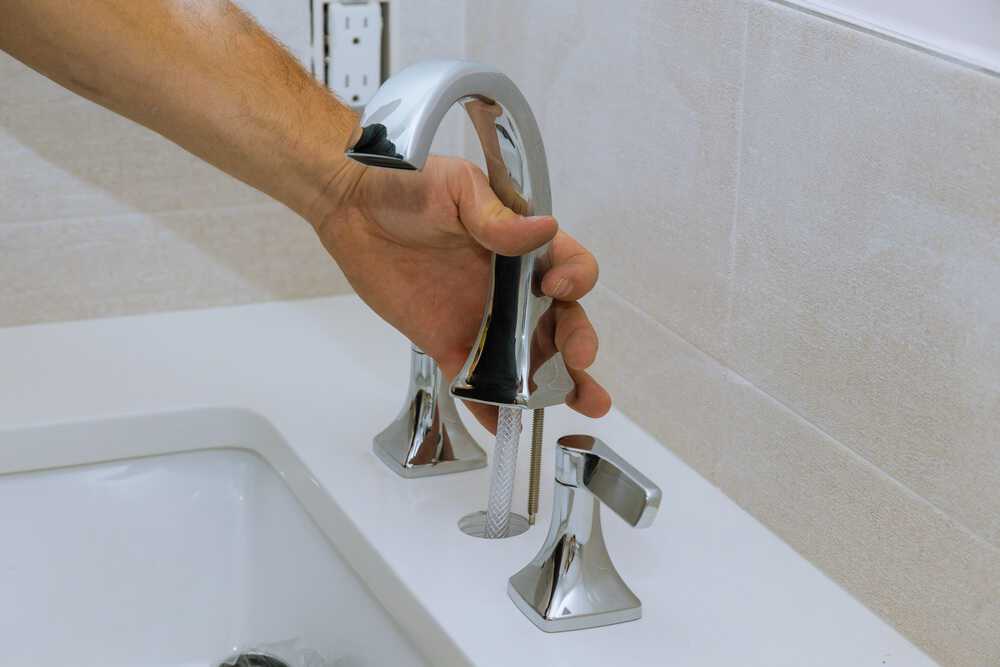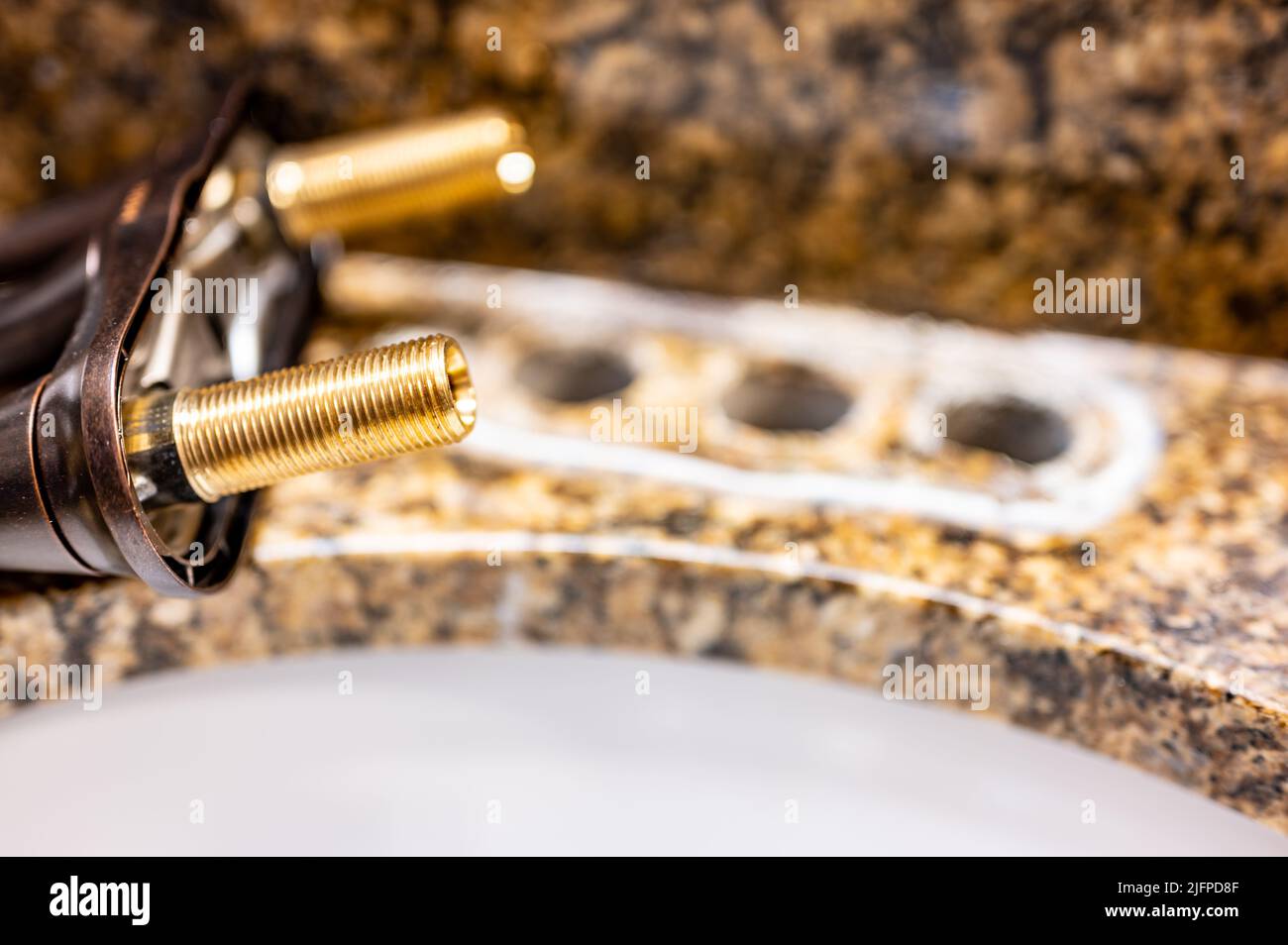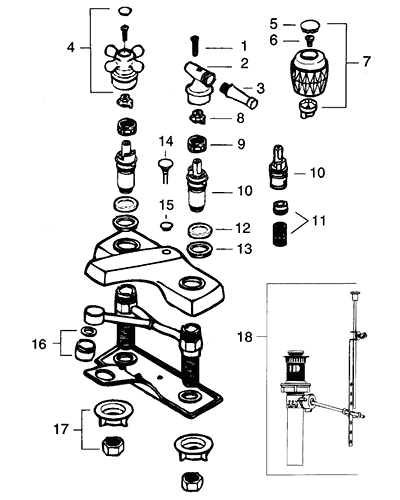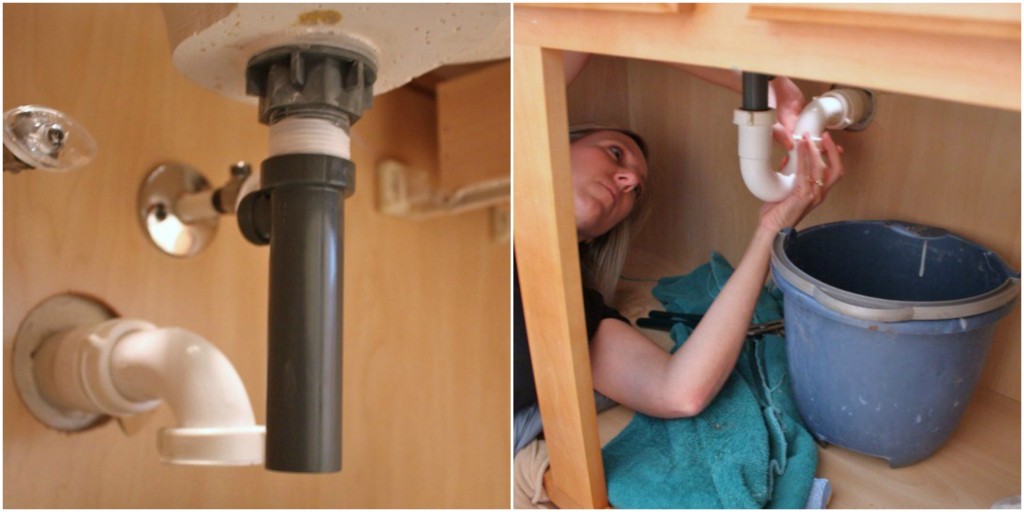How to Replace a Bathroom Sink Faucet
If you're tired of your old, leaky bathroom sink faucet, it may be time for a replacement. While it may seem like a daunting task, replacing a bathroom sink faucet is actually a fairly simple and straightforward process. With the right tools and a little bit of know-how, you can have a brand new faucet installed in no time. In this article, we'll guide you through the steps of replacing a bathroom sink faucet, so you can upgrade your bathroom without breaking a sweat.
Replacing a Bathroom Sink Faucet: A Step-by-Step Guide
Before you begin, make sure to turn off the water supply to your sink. This can usually be done by turning off the main water valve in your home or by turning off the individual shut-off valves located under the sink.
Once the water is turned off, you can begin the process of removing the old faucet. Start by disconnecting the water supply lines from the faucet using an adjustable wrench. Then, remove the mounting nuts and washers that hold the faucet in place. You may need to use a basin wrench to reach these nuts if they are located in a tight space.
Once the old faucet is removed, it's time to install the new one. Begin by placing the rubber or plastic gasket onto the bottom of the faucet, then insert the faucet into the mounting holes on the sink. Secure the faucet in place by tightening the mounting nuts and washers with a basin wrench.
Next, attach the hot and cold water supply lines to the corresponding valves on the faucet. Use Teflon tape to ensure a tight seal. Turn the water supply back on and check for any leaks. If everything looks good, you can now install the new aerator onto the end of the faucet.
DIY: Replacing a Bathroom Sink Faucet
Replacing a bathroom sink faucet can easily be done as a DIY project, even for those with little plumbing experience. However, it's important to make sure you have all the necessary tools and materials beforehand. Some of the tools you may need include a basin wrench, an adjustable wrench, Teflon tape, and a screwdriver. You will also need a new faucet, which can be found at any home improvement store.
Before you begin, it's always a good idea to watch some tutorial videos or read through step-by-step guides to familiarize yourself with the process. This will give you a better understanding of the steps involved and help you avoid any common mistakes.
Replacing a Bathroom Sink Faucet: Tips and Tricks
When it comes to replacing a bathroom sink faucet, there are a few tips and tricks that can make the process even easier. First, make sure to place a towel or cloth over the drain to catch any small parts that may fall into it. This will prevent any potential clogs or damage to your plumbing.
Additionally, it's important to choose a faucet that fits the style and design of your bathroom. There are various types of faucets, such as single handle, double handle, and wall-mounted, so make sure to choose one that not only looks good but also functions well for your needs. It's also helpful to have a friend or family member assist you during the installation process to make it go more smoothly.
The Ultimate Guide to Replacing a Bathroom Sink Faucet
Replacing a bathroom sink faucet may seem like a simple task, but there are a few important things to keep in mind to ensure a successful installation. First, make sure to measure the distance between the faucet holes on your sink before purchasing a new faucet. This will ensure that the new faucet will fit properly.
Additionally, it's important to turn off the water supply and disconnect the old faucet properly to avoid any potential water damage or accidents. Take your time during the installation process and double-check all connections to ensure they are tight and secure. Finally, don't forget to turn the water supply back on and test the new faucet for any leaks before using it regularly.
Replacing a Bathroom Sink Faucet: Common Mistakes to Avoid
While replacing a bathroom sink faucet may seem like a simple task, there are a few common mistakes that can easily be avoided with proper preparation and attention to detail. One of the most common mistakes is not turning off the water supply before beginning the installation process.
Another mistake to avoid is not properly securing the faucet in place. This can lead to leaks and potential damage to your sink and plumbing. It's also important to make sure all connections are tight and sealed with Teflon tape to prevent any leaks.
Lastly, make sure to choose a high-quality faucet from a reputable brand to ensure longevity and durability. While cheaper options may seem attractive, they may not last as long or function as well as a higher-priced faucet.
Step-by-Step Tutorial for Replacing a Bathroom Sink Faucet
To help you visualize the steps involved in replacing a bathroom sink faucet, we've put together a simple tutorial for you to follow:
1. Turn off the water supply to your sink.
2. Disconnect the water supply lines and remove the old faucet.
3. Place the new faucet into the mounting holes on the sink.
4. Secure the faucet in place with mounting nuts and washers.
5. Attach the hot and cold water supply lines to the faucet.
6. Turn the water supply back on and check for any leaks.
7. Install the new aerator onto the end of the faucet.
By following these steps and paying attention to the tips and tricks mentioned earlier, you can easily replace your bathroom sink faucet without any issues.
Replacing a Bathroom Sink Faucet: Tools and Materials You'll Need
Before beginning the replacement process, it's important to have all the necessary tools and materials on hand. Some of the basic tools you'll need include a basin wrench, an adjustable wrench, and a screwdriver.
In addition, you will need Teflon tape to ensure a tight seal for the water supply lines. It's also important to have a new faucet and any additional parts, such as a new aerator, on hand before beginning the installation process.
Replacing a Bathroom Sink Faucet: How to Choose the Right Replacement
When it comes to choosing a replacement for your bathroom sink faucet, there are a few important factors to consider. First, make sure to measure the distance between the faucet holes on your sink to ensure the new faucet will fit properly.
Next, consider the style and design of your bathroom. There are various types of faucets, such as single handle, double handle, and wall-mounted, so make sure to choose one that not only looks good but also functions well for your needs.
Lastly, it's important to choose a high-quality faucet from a reputable brand to ensure longevity and durability. While cheaper options may seem attractive, they may not last as long or function as well as a higher-priced faucet.
Expert Tips for Replacing a Bathroom Sink Faucet
To ensure a successful and hassle-free replacement of your bathroom sink faucet, we've gathered some expert tips for you to keep in mind:
- Before beginning the installation process, make sure to familiarize yourself with the steps involved by watching tutorial videos or reading through step-by-step guides.
- If possible, have a friend or family member assist you during the installation process for an extra set of hands and eyes.
- Take your time and double-check all connections to ensure they are tight and secure.
- Don't forget to turn the water supply back on and test the new faucet for any leaks before using it regularly.
With these tips and a little bit of patience, you can easily replace your bathroom sink faucet and give your bathroom a fresh, updated look. Remember to always turn off the water supply before beginning the installation process and take your time to ensure a successful and long-lasting replacement.
How to Choose the Right Bathroom Sink Faucet for Your Home
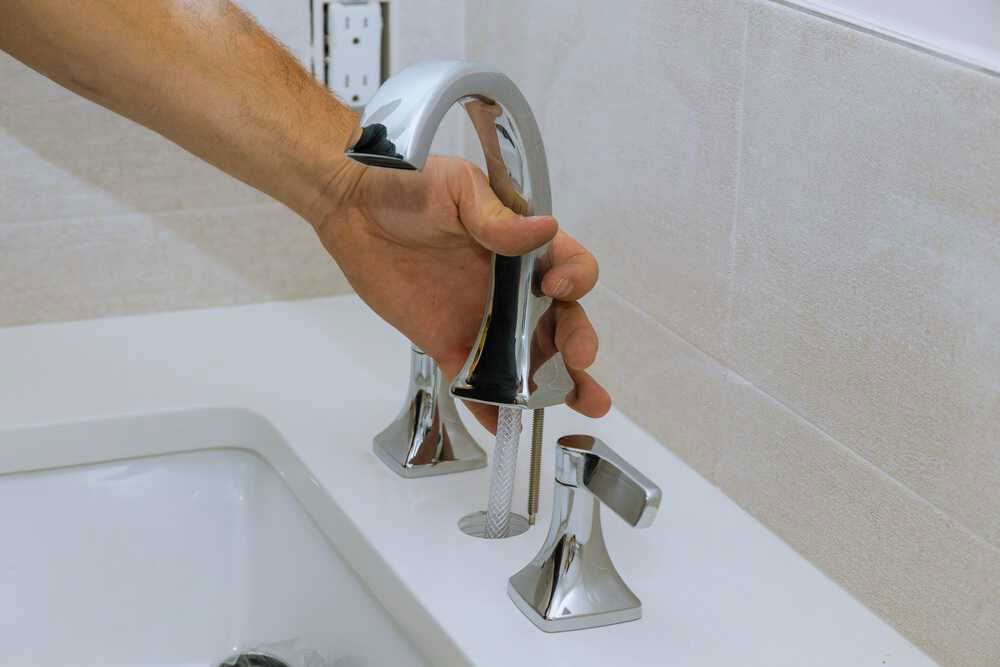
Factors to Consider
 When it comes to designing your bathroom, every detail matters - including the sink faucet. Not only does it serve a functional purpose, but it can also add to the overall aesthetic of the space. Before you start replacing your bathroom sink faucet, there are a few factors you should consider to ensure you choose the right one for your home.
Style:
The first thing to consider is the style of your bathroom. Are you going for a modern, sleek look or a more traditional, classic feel? Your faucet should complement the overall design of your bathroom.
Size:
You want your faucet to be proportionate to your sink and the size of your bathroom. A large, bulky faucet may overwhelm a small sink and vice versa.
Installation:
Different faucets may require different installation methods. Make sure you choose one that is compatible with your existing sink and plumbing.
Functionality:
Think about how you use your sink and what features you need in a faucet. Do you want a single handle or double handle? Do you want a pull-out sprayer or a touchless option? Consider your daily routine and choose a faucet that will make it easier and more convenient.
When it comes to designing your bathroom, every detail matters - including the sink faucet. Not only does it serve a functional purpose, but it can also add to the overall aesthetic of the space. Before you start replacing your bathroom sink faucet, there are a few factors you should consider to ensure you choose the right one for your home.
Style:
The first thing to consider is the style of your bathroom. Are you going for a modern, sleek look or a more traditional, classic feel? Your faucet should complement the overall design of your bathroom.
Size:
You want your faucet to be proportionate to your sink and the size of your bathroom. A large, bulky faucet may overwhelm a small sink and vice versa.
Installation:
Different faucets may require different installation methods. Make sure you choose one that is compatible with your existing sink and plumbing.
Functionality:
Think about how you use your sink and what features you need in a faucet. Do you want a single handle or double handle? Do you want a pull-out sprayer or a touchless option? Consider your daily routine and choose a faucet that will make it easier and more convenient.
Types of Faucets
Additional Tips
 When replacing your bathroom sink faucet, there are a few additional tips to keep in mind:
Quality:
Investing in a high-quality faucet will ensure it lasts longer and is less likely to leak or break.
Finish:
Consider the finish of your faucet and how it will match or complement other fixtures in your bathroom, such as the showerhead or towel bars.
Budget:
Set a budget for your faucet and stick to it. With so many options available, it's easy to get carried away and overspend.
Replacing a bathroom sink faucet may seem like a small task, but it can have a big impact on the design and functionality of your bathroom. By considering these factors and choosing the right type of faucet, you can create a beautiful and functional space that you'll enjoy for years to come.
When replacing your bathroom sink faucet, there are a few additional tips to keep in mind:
Quality:
Investing in a high-quality faucet will ensure it lasts longer and is less likely to leak or break.
Finish:
Consider the finish of your faucet and how it will match or complement other fixtures in your bathroom, such as the showerhead or towel bars.
Budget:
Set a budget for your faucet and stick to it. With so many options available, it's easy to get carried away and overspend.
Replacing a bathroom sink faucet may seem like a small task, but it can have a big impact on the design and functionality of your bathroom. By considering these factors and choosing the right type of faucet, you can create a beautiful and functional space that you'll enjoy for years to come.






